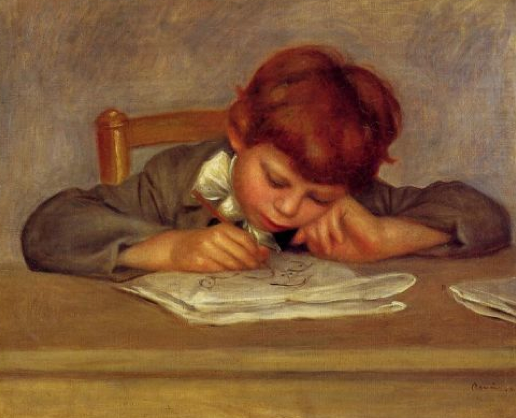The challenge presented by usurping or even just matching the genius of Pierre-Auguste Renoir is hard to imagine. And yet, this is exactly what his son, Jean Renoir, accomplished. However, as though to prove his humbleness, Renoir also wrote a decisive biography about Pierre-Auguste entitled Renoir, My Father.

Renoir gained fame rather quickly upon initiating his film career. After directing On Purge Bébé and La Chienne in 1931, Renoir started to show political leanings toward the left-wing Popular Front in his work. 1936’s Le Crime de Monsieur Lange was the first shift in Renoir’s more politically charged direction. This would continue in other of his late 1930s films, including La Marseillase. By 1939, Renoir was able to finance his own projects, leading him to create his great masterpiece, The Rules of the Game, which was, at the time, universally panned. Only later did it come to deserve the appreciation it should have received in the first place.

While dealing with the fallout from The Rules of the Game’s poor reception, Renoir began conceptualizing ideas for a film version of Tosca. Renoir abandoned the project to serve in the military during World War II. After the war, Renoir found mild acclaim on the Hollywood scene, even garnering an Academy Award nomination for directing The Southerner in 1945.























